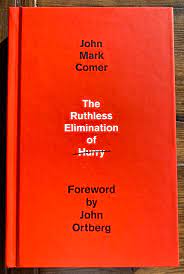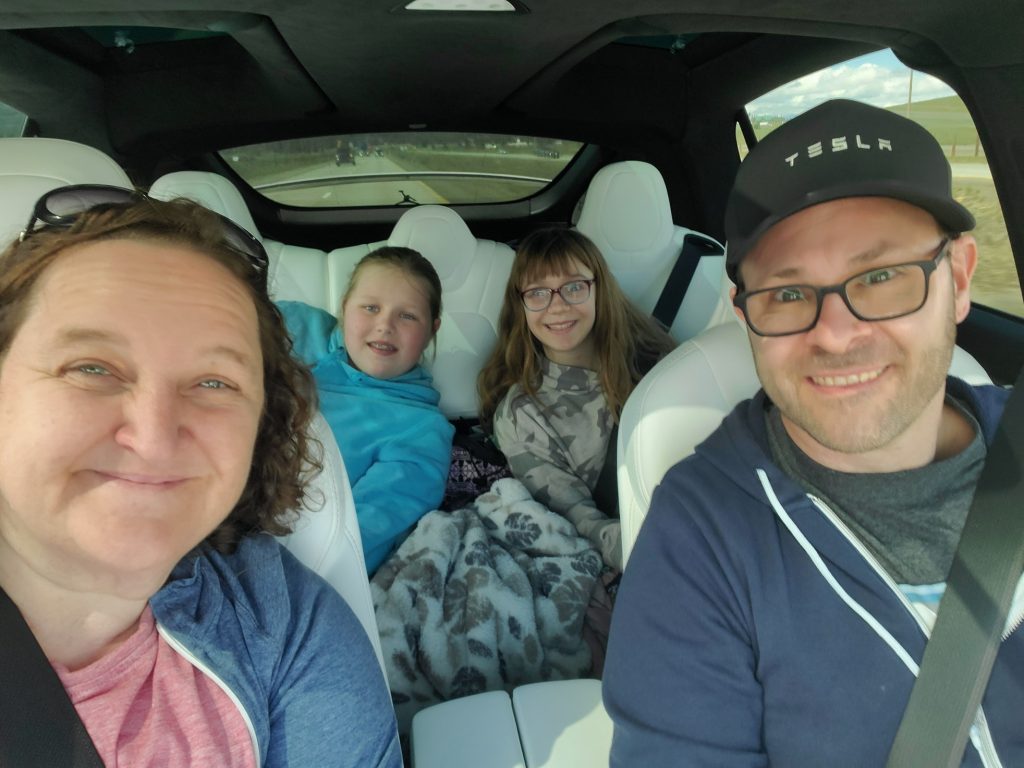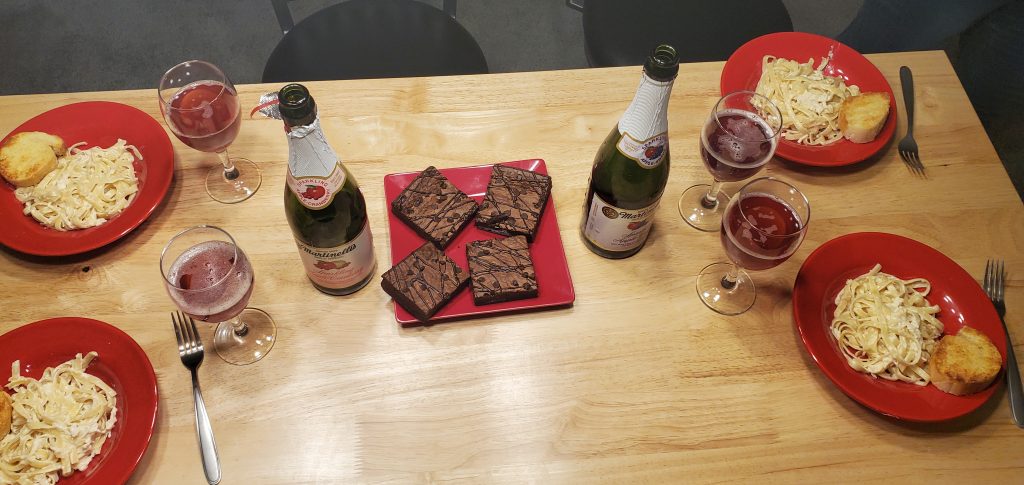Do you ever take time at the end-of-the-year to evaluate your year? My husband and I started doing this several years ago and it is our opportunity to reset for the year. It contributes greatly to our mental wellness.
Want to do one? Here’s what we do.
- Set a date.
Ideally, we set aside an entire day but this has varied during different seasons and budgets. Our anniversary is near the beginning of December so sometimes we combine the two and make it a weekend and others times (like this year) we just did what we could with half a day. Be flexible is the ongoing theme throughout this post.
- Do your homework
Before the designated date, we both do homework individually. We have a list of questions and we each take time before our EOY to carefully consider them. This allows us to really consider our personal goals first and reflect on what is important to us. Here’s a sampling of the questions we reviewed this year:
- What went right this year
- What can go better next year?
- What would make next year a banner year?
- What small changes can I make this week so that I start next year with a bang?
- What did this year teach me about myself?
- Who showed up for me, and how can I nurture those relationships?
- What do I need to accept about myself and the other people in my life?
- In what ways will I take better care of myself in 2023?
- What has been a barrier to me completing my goals, and how will I remove the barrier in the coming year?
- What do I need to practice doing more or less of?
- Am I being pushed by fear or led by love?
- Speak ground rules.
We start our time together speaking out the ground rules . We communicate when we are looking for input and we were are just sharing thoughts. We make a commitment to really listen to each other and not give judgement about what the other suggests. Saying this out loud in the very beginning is important.
- Review the Year
Next we evaluate the year. We pull up our calendar and look at what filled our time. We share the answers to our homework questions. We spend time reflecting on the year. Other ideas are to review your social media posts, emails, or texts. Look at your spending. Where did your money go?
- Goal Setting
Now we set our goals for the upcoming year. We share the goals we created individually and then we record the goals we are committing to together. For example, Michael made a goal to run a marathon. That isn’t one of my goals this year but we talked about it and then set a goal together to do more hiking this summer. Here’s some tips for goal-setting.
- Don’t have too many. Keep the goals SMART (specific, measurable, achievable, realistic, timely)
- Be honest with each other. It is extremely discouraging to get excited about your goals and then find out three months later your partner wasn’t really buying into it.
- Be okay with critique. Take time to listen. Don’t get so committed to your goal that you aren’t willing to hear another opinion.
- If you do disagree, present your argument with love. Look for commonalities in addition to points of difference. Remember, the point is to walkaway with a goal not the silent treatment.
- Celebrate.
We end our time with a nice dinner or another treat that fits our budget and time restraints. Maybe go to a movie or for a walk at your favorite park. Take time to congratulate yourselves on a job well done.
- Follow-up.
Set a date for a follow-up. Goals don’t do anything if they sit for the whole year. Keep them visible with a vision board or a list on your fridge. Whatever works. In a few weeks, sit down and see where you are at. Do you need to adjust? How are things going?
As I mentioned this is an exciting exercise for us and we hope you use this formula to create your own plan to review your last 365 days and make next year your best one yet.



